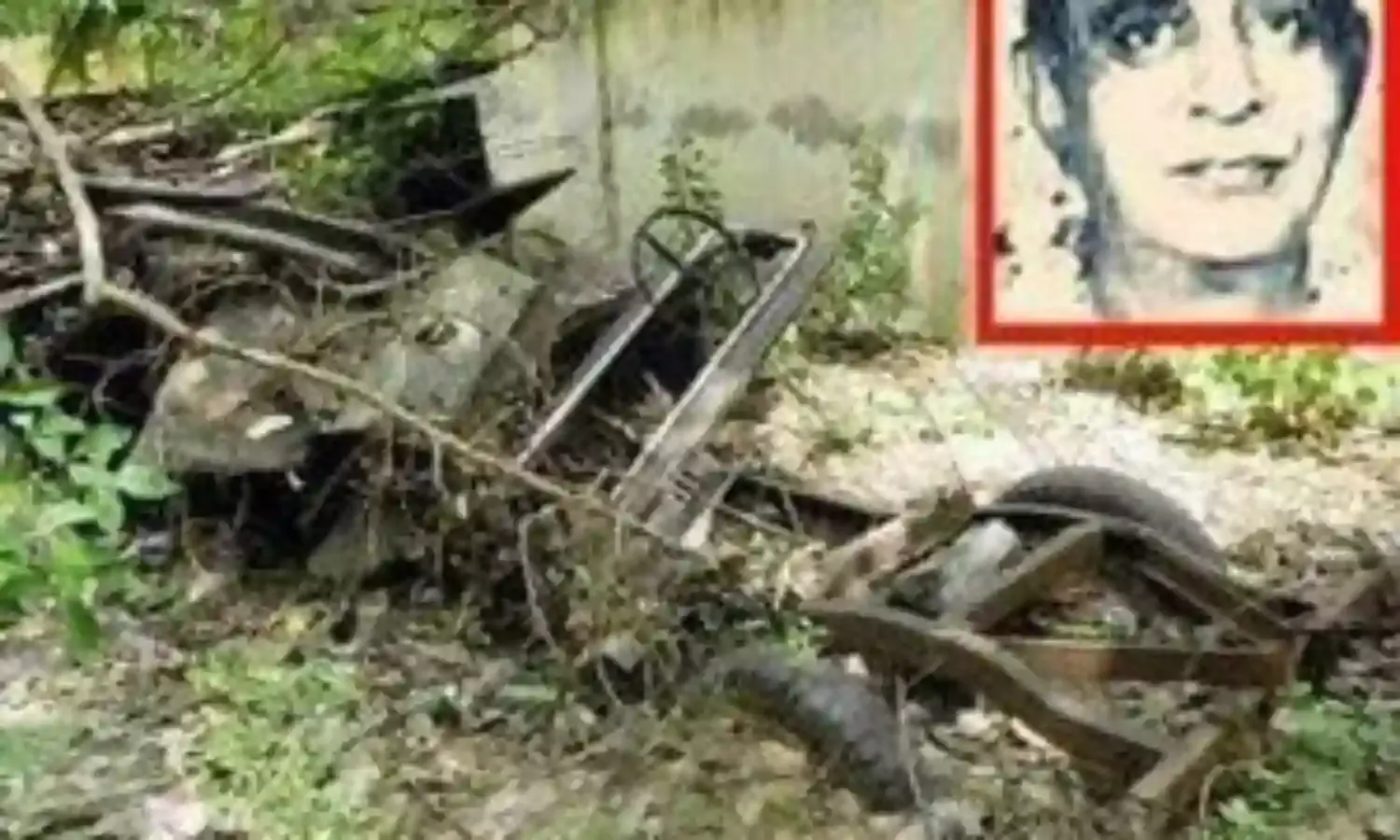Alone in Deeg - Between Violent Jats and Trigger Happy Cops
The Citizen’s new column: Journalists Recall;

Truly the 1980s were not only the most violent but also the most newsy years for journalists particularly the period beginning with the storming of the Golden Temple on June 6,1984.
But today I am not talking about the events following that action but a largely forgotten episode of February 1985 in Bharatpur involving the encounter killing of the Maverick MLA, Raja Man Singh after he had repeatedly banged his jeep into the stationery helicopter of then Rajasthan Chief Minister S C Mathur, totally damaging it.
It was a reckless act by the Raja who was highly popular among the majority Jat community. He was furious because he felt the Congress party had betrayed him, and reneged on the promise of not fielding a candidate against him in the elections.
The next day the Rajasthan police shot dead Raja Man Singh along with some of his associates travelling with him. The encounter had the Jats out on the streets in violent protest.
I was with the Weekend Review weekly tabloid of Hindustan and sent to Deeg to cover the story where the encounter had taken place. There was no photographer and I hung my camera around my neck and rushed to the spot.
On reaching Bharatpur by bus I was told all public transport had been stopped, and I then travelled on a tonga for the two hour journey to Deeg.
At Deeg I needed to find a place to stay, and drop my bag. I found a government guest house and went there to check if I could get accommodation. It was full of policemen and they rudely told me that they had no place for journalists.
I came out of the Guest House to suddenly find everyone running away, including the tonga and rickshaw walas.
I stood trying to guage the reason, and realised that a huge mob of Jats armed with lathis and other weapons was rushing at the government guest house. They started stoning the outnumbered policemen inside.A police jeep in the compound was set on fire by the mob and it was total mayhem.
Not knowing anyone in the small town I started walking away, trying not to attract the attention of the violent mob. I head gun shots of the police opening fire, in which some persons died.
I changed direction, primed my camera, and started walking back towards the guest house. The place had become a battlefield and a posse of armed policemen with loaded rifles stood guarding it.
When they saw me walking towards them they started abusing me in choice Hindi telling me to run away. Used to being treated like a favoured guest by the police in Delhi, I did not initially realise the danger from the police. But when they cocked their guns at me shouting, “bhag saale bhag” i took out my press card, and waving it like a shield shouted at the top of my voice, “Press, Press.”
Finally they heard me and shouted back, “if you are from the press come alone why are you bringing that whole crowd with you."
I turned back to find about 200 people behind me, trying to enter the Guest House with me. I folded my hands and requested them to let me enter alone and I would bring them the news. They made me promise that I would give them the correct news of the number of persons killed in the firing, and then allowed me to enter the compound on my own.
I noticed one dead body of a villager lying in the compound. Then I saw scores of policemen with broken knees and bleeding heads after the stoning.
The senior officers were talking about another police station which a mob had locked from outside and set on fire.
I had first thought to avoid trouble and take permission for the photographs. But I realised that was futile, and turned to take the photograph of the dead body I had seen. But it had vanished. I then found two two policemen picking up the body and dumping it near a jeep where there were already two dead bodies. So far three killed.
Survival being my mantra from now I pretended to be looking elsewhere and quietly clicked two photographs of the dead bodies and walked out.
After that the crowds were chasing me all over the place as I tried to look for conveyance to get out. A panwala shouted at me "Oye idhar ko Aaja.Kitne Aadmi marey hain."
I said three, but they were not convinced,
As I walked further others shouted, "Oye Bhaiye idhar ko Aaja, Kitne Aadmi marey hain."
Soon I got so worked up that instead of going to them I called them to come to me if they wanted news.This went on for about an hour till I was told that curfew had been imposed in the town
Soon I also met some more journalists from Delhi and told them to rush to the Guest House if they wanted pictures of dead bodies. One of them met me in Delhi later and told me he had to come backwithout any pictures having been detained by the police for three days because when they took out their cameras the police officers told them,"You shoot and we shoot you."
My motto in such crisis has always been to survive first to be able to tell the story and on that day in February 1985 I caught the first private bus to reach Delhi late at night.
Today I feel if I had not clicked their pictures which I shared with Weekend Review, Saptahik Hindustan and Surya, the police would have denied that there were any killings.
The Raja Man Singh encounter death case is with the Supreme Court, 34 years after the encounter. As for me, I am happy that I lived to tell the tale.

